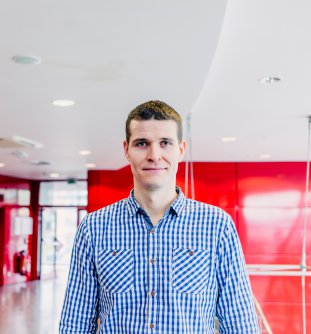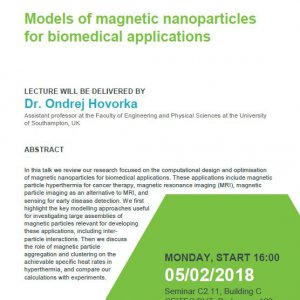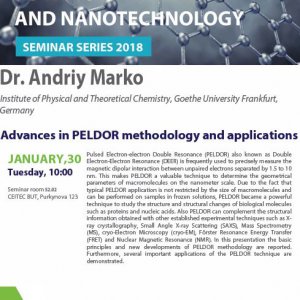As a member of Pavel Plevka’s group which focuses on structural virology, Karel Škubník is dedicated to the structure of deformed wing virus. As a biophysicist, he initially studied surface treatment of materials, but during his doctorate studies he embarked on a new research field.
“I was interested in the possibility of working with a transmission electron microscope at CEITEC, because I used a different type of electron microscope in my master’s thesis and in my opinion, they are powerful tools for a study of solids as well as biological materials. The subject of bee viruses is related to me because I am fond of these insects and on top of that, they are essential in order to maintain a functional ecosystem which could not work without pollinators,” Škubník explains.
He joined the research group three and a half years ago and since he switched from material sciences to the biological ones, he basically had to learn everything from scratch. “From purification of viruses or their obtaining in pure form to their crystallization. Crystallography is one of the main methods of detecting the structure of viruses,” said the PhD student. He added that the deformed wing virus could not have been crystallized for a long time and was therefore researched with the help of cryo-electron microscopy.
“Finally, we obtained two different structures. Now we are therefore studying how the viruses behave in various environments to find out if the structural changes are related for example to a different pH in which the samples for crystallography and electron microscopy are processed,” Škubník added. According to him, the Czech Brains Award is a prize earned by the whole group. He perceives similarly also the Award of the Minister of Education, Youth and Sports for excellent students and graduates that he has also received this year.
Karel Škubník has recently published the results of his work in a prestigious journal PNAS.
Change institution
- About Institution
- Research
-
Core Facilities
- CEITEC Nano Research Infrastructure
- Biomolecular Interactions and Crystallization
- X-ray Diffraction and Bio-SAXS Core Facility
- Nanobiotechnology Core Facility
- Josef Dadok National NMR Centre
- Cryo-electron Microscopy and Tomography
- Proteomics Core Facility
- Plant Sciences Core Facility
- Cellular Imaging Core Facility
- Genomics Core Facility
- Multimodal and Functional Imaging Laboratory
- PhD School
- News/Events
- Contacts









